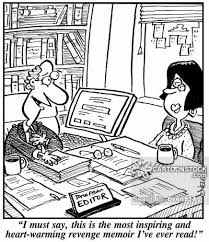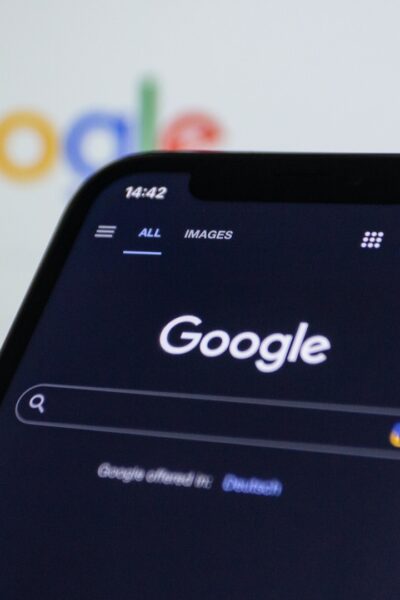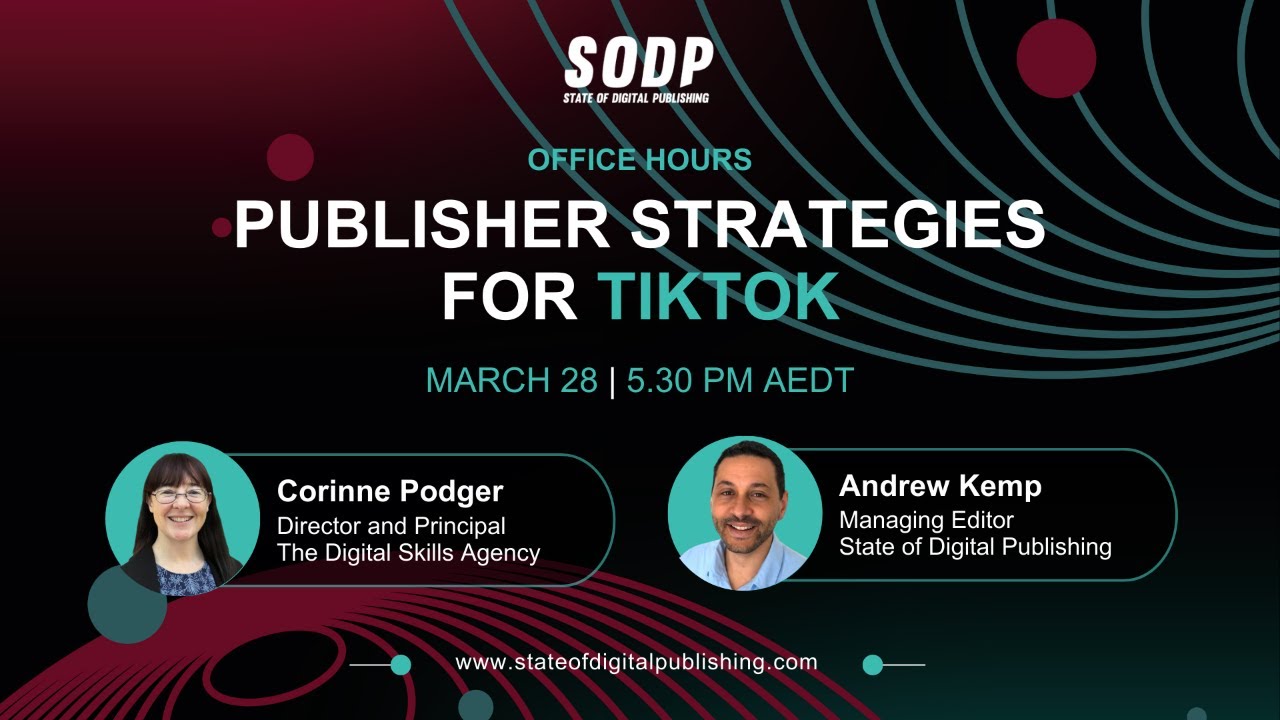It’s almost trite to say that once upon a time – if your publication was big enough, the two departments were situated on different floors, to ensure there could be zero suggestion of any conflict of interest between the stories being published and the companies buying advertising space.
But as the definition of the fourth estate becomes blurrier and the media continues to explore new financial opportunities, surely there’s a reasonable argument to be made for seeing the role of a publication’s editor and its publisher being merged?
Should there be a hybrid role, an audience and content expert who also has the financial interests of the publication in mind? Smaller niche publications, bloggers, and online influencers have been following a similar model for some time, and we are even seeing major publishers follow suit, for instance, Tribune Publishing in the US. But is this a model that should be adopted en masse?
Great content is the key
This has always been the case: if you’re not churning out great content, it honestly doesn’t matter who holds what role in your organisation.
You can’t hold an audience if your content is seen as no more than glorified advertising – and almost 20 years after the Cash For Comment affair, the general public are far more savvy about the difference between a story and a paid-for story.
But that doesn’t mean they won’t read a great story that’s been sponsored.
In July of last year, it was revealed that Slate was making almost half of its advertising revenue through native. And you need not be a recent addition to the publishing scene to make bank from native – 2017 marks 160 years since The Atlantic was first published, and last year they estimated 75 percent of their ad revenue would be sponsored.
You can’t maintain a decent readership – and therefore stay profitable – if you’re just re-writing PR garbage from your primary sponsors. They can be behind your stories, but those stories need to be more than glorified classifieds.
This actually suggests there is a strong case for combining the editor and publisher roles – such a hybrid persona would understand that important balance between strong content and commercial imperatives.
Someone at the top needs to be close to the audience
The editor of a publication tends to be the person with the best understanding of their readership – in fact, that’s often the case because they themselves are part of the target audience.
As PwC noted in their Australian Entertainment and Media 2016 – 2020 Outlook, “Talent that looks more like your audience leads to a better understanding of your audience, leading to increased market penetration and increased customer satisfaction.”
As the business brains behind the operation, the publisher’s main role is to ensure that a publication and its content are adequately monetised. But a true understanding of the brand and the audience not only ensures they don’t alienate their audience though certain commercial decisions, it also allows the publisher to sell much better. Advertisers will be far more likely to buy into a publication if the publisher truly understands the audience.
You absolutely need the salesperson – because ultimately half of any successful publication is dedicated to selling an audience to advertisers – but you won’t have any credibility left with your audience if you don’t give them content they want to digest and engage with. Understanding both the audience and the advertisers and how the two can hum together is potentially the most valuable skill in the modern publishing landscape, and a church and state mentality makes it difficult to achieve such an understanding.
That’s why you’ll often read quotes from the most successful bloggers and social influencers saying the best business decision they’ve made was to turn big money down.
As blogger Jeni Elliott, of The Blog Maven, writes: “… companies will pay you the big bucks to promote their products – because you own space inside your readers’ hearts and minds.
“They trust you.
“But there’s a huge responsibility that comes with that relationship – if you want to maintain your readers’ trust, you can’t promote products that aren’t a good fit for them.”
There’s no point being precious
As I said, traditionally sales and editorial departments have existed on entirely different floors of the building.
They probably printed the whole thing in the basement, where it was physically churned out seven days a week. Older journos will reminisce about the smell of the ink, and how the words “stop the press” literally meant that.
Those days are becoming a distant memory.
While the general public sees the battle for advertising dollars as a stoush between News, Fairfax and Seven West, the reality is those major players are competing with ridiculously lean and agile websites that have popped up over the past decade or so. In fact, these agile operating models present a major opportunity for startups and newcomers.
These new, ‘small’ competitors – who are run entirely online and can have seven-figure annual turnovers – usually see the sales and editorial teams sit down together to discuss how best they can create an editorial series that sells a company’s message.
And that’s without going into the strong business results you see with single bloggers and one-man-band influencer operations.
While it’s difficult to pin down how much money flows from influencer marketing, a report into its earned media value from RhythmOne found “advertisers received $9.60 in EMV for every $1.00 spent” on influencer marketing.
Why would advertisers pay top dollar for an established, old-world model, when a single person – effectively combining the editor and publisher roles – can achieve that kind of outcome?
So … what’s the verdict?
Not to get splinters in my bum from sitting on the fence, but this is a horses for courses question.
Take a regional paper like Fairfax Media’s The Herald in Newcastle. The BHP steelworks might be a distant memory, but the town still thrives on mining and industry.
So how could their editor have a sit-down with AGL – or the NSW Government – and pitch them a million-dollar ad campaign, then turn around and tell a journalist to write about the “potential health risk” the company’s former site poses in an on-going series?
On the other hand, what chance does a publication with zero links to that industry have of selling an energy company advertising opportunities?
There is a temptation to maintain the old-world ideals of church and state, and if you can honestly say never the twain shall meet, then you’ve got a decent argument for having both a publisher and editor.
But if your publication sees sales and editorial sitting down together on a regular basis to discuss how to keep the company in the black, maybe there are exciting new world opportunities you should start exploring.









